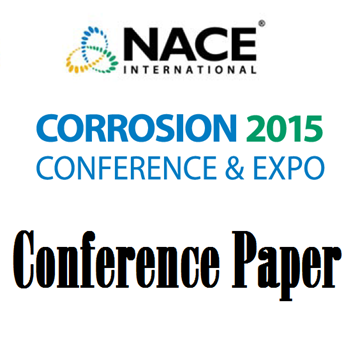Search
51315-5439-Corrosion and Corrosion Product Release Behavior of Co-Cr-W-C Weld Deposit
Also Purchased
51315-5430-Corrosion of Ni-based Alloys and Stainless Steels in Mixed Acids and Salts—Experimental and Modeling Results
Product Number:
51315-5430-SG
ISBN:
5430 2015 CP
Publication Date:
2015
$0.00
51315-5444-Corrosion of Brackish Water Systems Used for In Situ Thermal Operations
Product Number:
51315-5444-SG
ISBN:
5444 2015 CP
Publication Date:
2015
$0.00
51315-5447-Mystery of SAGD Produced Gas Corrosivity and Corrosion Mitigation Strategy
Product Number:
51315-5447-SG
ISBN:
5447 2015 CP
Publication Date:
2015
$20.00




